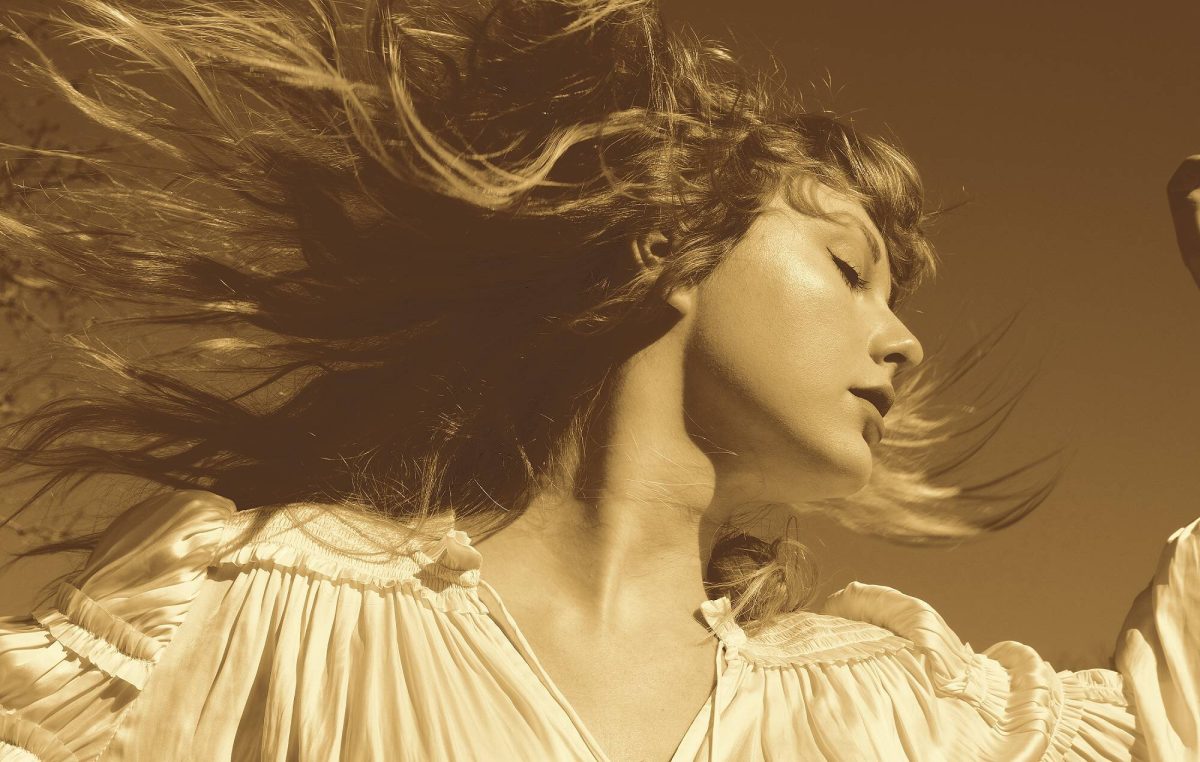Photo courtesy of NME
This past month, music lovers have been introduced to a brand-new term that has made waves in the music industry and online: “(Taylor’s Version).” This phrase comes from “Love Story (Taylor’s Version),” released by Taylor Swift on Friday, Feb. 12.
Taylor Swift announced on Thursday, Feb. 11 the release of this version of “Love Story,” as well as the eventual release of the whole “Fearless” album re-recorded. That morning, she also tweeted a statement reflecting on the decision to rerecord, and her personal memories connected to the album.
So, what’s the difference between “Love Story” and “Love Story (Taylor’s Version)”? The simple answer is not much. The new recordings of her old songs are supposed to feel like nearly exact replicas, to lessen the value of her older masters. Swift did not adjust any of the original lyrics or arrangements. With any new version of anything, though, there is an updated feeling to the song.
The song has a clearer mix, with more room between each layered instrument and track, allowing individual parts of the song to be clearer to the listener. This is clear particularly in the violin and guitar tracks, which are buried deeper in the older “Love Story.” Even the intro guitar, which plucks the well-known upbeat lead, sounds less twangy in “Love Story (Taylor’s Version)” and therefore feels more intentional and updated.
Besides the slight instrumental differences, there are minor changes in Swift’s vocals as well. Of course, there is the natural confidence and maturity that has developed in her voice as the result of time. In the new version, all the harmonies are done by Swift, whereas in the older “Love Story” a deeper voice can be heard in places where the harmonies are mixed in.
Another significant aspect of the newest version is the events that led to Swift’s re-recording of her older music. Swift doesn’t own the master recordings of the songs on albums one through five (“Taylor Swift,” “Fearless,” “Speak Now,” “Red” or “1989”). For these five albums, she had a deal with Big Machine Records (BMR). In 2018, she signed with a new record company, Universal Music Group.
After Swift left BMR, they offered her a deal that if she were to sign back up with BMR, they would give her the rights to one album for every new album she turned out. Swift declined. After that, they sold her music catalog to Scooter Braun. Scooter Braun is the chairman of Ithaca Holdings, and manages artists like Ariana Grande and Justin Bieber.
On her Tumblr, Swift posted that Braun buying her masters was her “worst-case scenario.” She mentions various times in the past that Braun’s clients had harassed her online, and claims that Scott Borchetta, the founder of BMR, knew that this exchange would upset her.
Scooter Braun then sold the rights to a private equity firm named Shamrock Capital for $300 million without alerting Swift. Shamrock Capital reached out to Swift to let her know that they were going to be purchasing her masters. Swift was initially willing to work with Shamrock Capital. However, she learned that Braun would still be profiting off her music and described that aspect of the deal as a “nonstarter.”
This means that in order to be able to sync her music and own her own masters, Swift needs to re-record her music. This brings the story back to the announcement on Feb. 11. Swift also announced that she would be releasing six never-before-heard songs from the vault and putting them on “Fearless (Taylor’s Version).” These are songs that she considered putting on the original “Fearless” album, but eventually decided not to.
Many fans on Twitter and TikTok have speculated that the entire album will be released on April 9, 2021. This is because random capitalized letters in her initial tweet announcing the release of “Fearless (Taylor’s Version)” spelled out “April Ninth.” It will be a very exciting day in music if that is the case.







